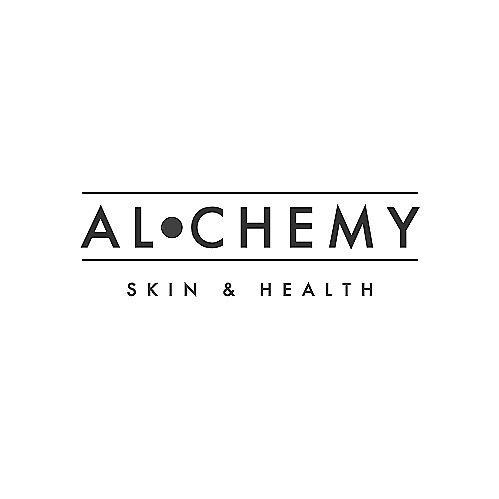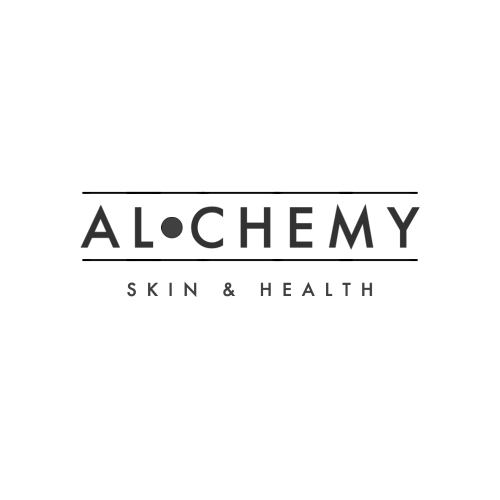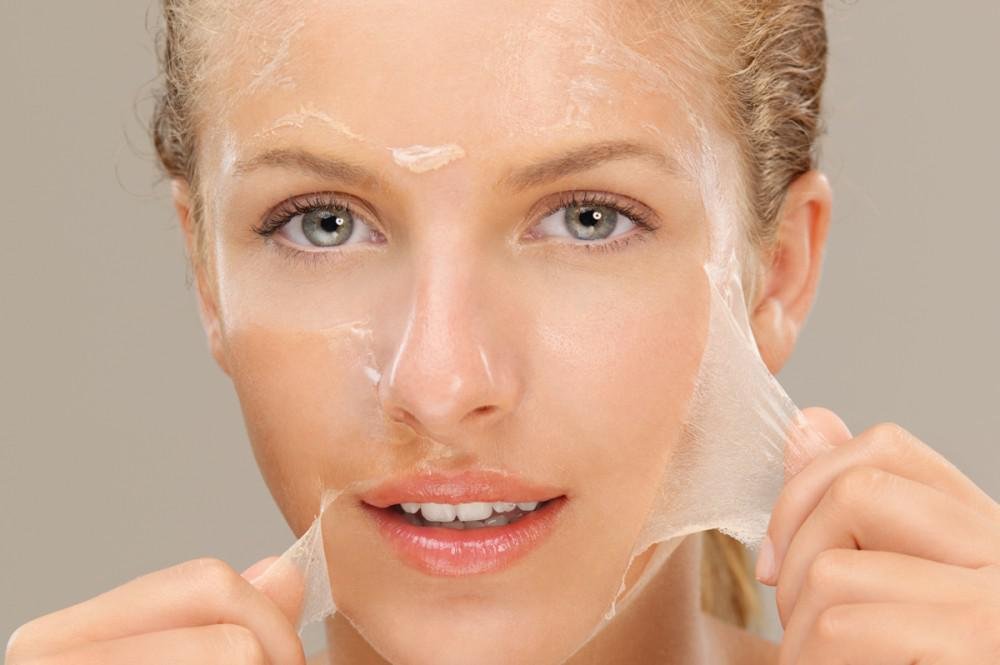-
A chemical peel is a technique used to improve the appearance of the skin on the face, neck or hands. A chemical solution is applied to the skin that causes it to exfoliate and eventually peel off. The new, regenerated skin is usually smoother and less wrinkled than the old skin. The new skin is also temporarily more sensitive to the sun.
-
Chemical peels are normally used to refresh the skin on the face. However, treatment may also be conducted on the neck, décolleté and the backs of the hands.
-
There are several advantages to chemical peel treatments, especially when peels are conducted periodically. Benefits that our patients appreciate include:
Chemical peels remove the outer layer of dead and damaged cells that inhibit product absorption. By removing debris, chemical peels increase the efficacy of skin care products.
Peels can be customized to meet a variety of needs, from sunspots to acne scars. Because formulas can be adjusted, chemical peels are accessible to people of all skin types and tones.
Minimal downtime treatment can be developed around your needs.
Cellular turnover achieved with a custom peel provides excellent results for melasma.
-
There are three basic types of chemical peels:
Light Peel: Alpha-hydroxy acid or another mild acid is used to penetrate only the outer layer of skin to gently exfoliate it. The treatment is used to improve the appearance of mild skin discoloration and rough skin as well as to refresh the face, neck, chest or hands.
Medium Peel: Glycolic or trichloroacetic acid is applied to penetrate the out and middle layers of skin to remove damaged skin cells. The treatment is used to improve age spots, fine lines and wrinkles, freckles and moderate skin discoloration. It also can be used to smooth rough skin and treat some precancerous skin growths, i.e. actinic keratosis.
Deep Peel: Tricholoracetic acid or phenol is applied to deeply penetrate the middle layer of skin to remove damaged skin cells. The treatment removes moderate lines, age spots, freckles, and shallow scars. Patients will see a dramatic improvement in skin appearance. The procedure is used on the face and only can be performed once.
-
Chemical peel treatment begins with gentle face cleansing while the patient lies comfortably on the treatment table. After cleansing, the eyes may be covered with gauze or cotton. Depending on the depth of peel selected, a topical or regional anesthetic may be used before the chemical solution is applied. Oral pain medication may be taken prior to treatment. Anesthetic is discussed in advanced to ensure patient comfort.
The selected chemical peel solution is carefully applied to the skin avoiding delicate areas such as the eyelids. The liquid will then remain on the skin for several minutes to allow it to dry. As the chemical ingredients are absorbed into the epidermis, slight tingling or burning may occur. Your provider remains nearby in order to quickly address any concerns or reaction. Our careful selection of chemical peel ingredients for each patient minimizes this risk.
-
The number of chemical peels that you may need depends on the extent of improvement you wish to achieve, the condition of your skin before treatment, your skincare habits, and the depth of peel you desire to have. Many people are more attracted to lighter peels due to the minimal downtime aspect of treatment. With lighter peels, more treatments may be needed to achieve the same results as a deeper peel. Your provider can discuss an estimated number of treatments by conducting a thorough consultation and examination of your skin.




